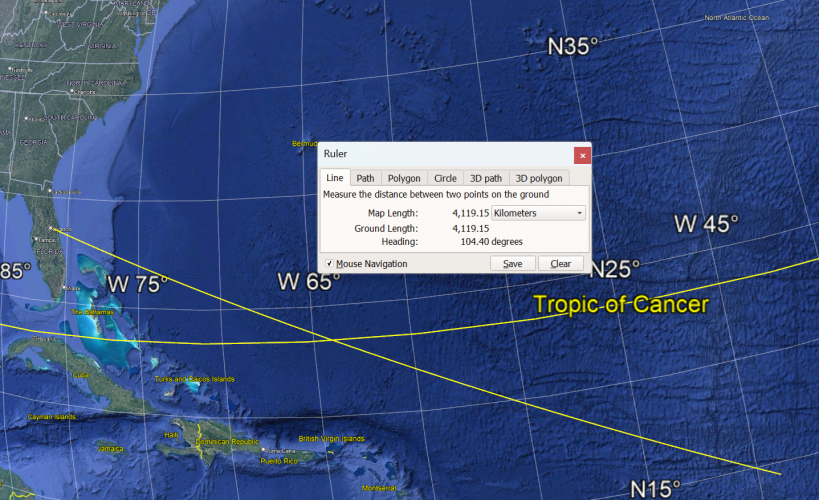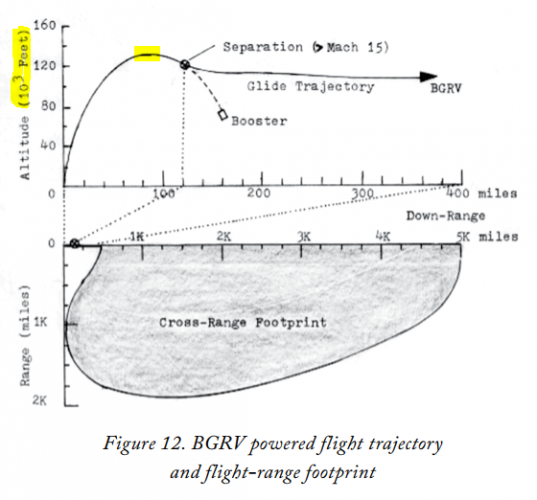CJohnston
Faking it till you make it isn't so bad after all
What do they mean by a "Highly loaded grain"?
Your guess is as good as mine. No one would talk further. I'll check my otter transcript when I get back to my dorm though, see if I missed any more details







